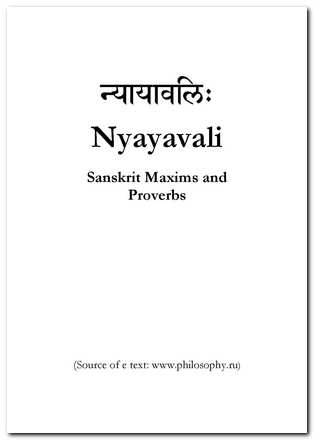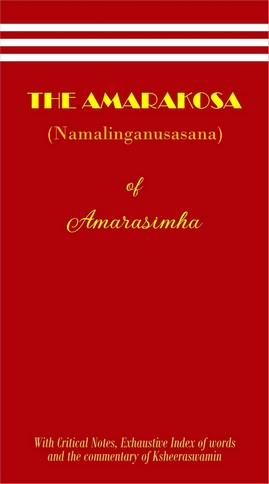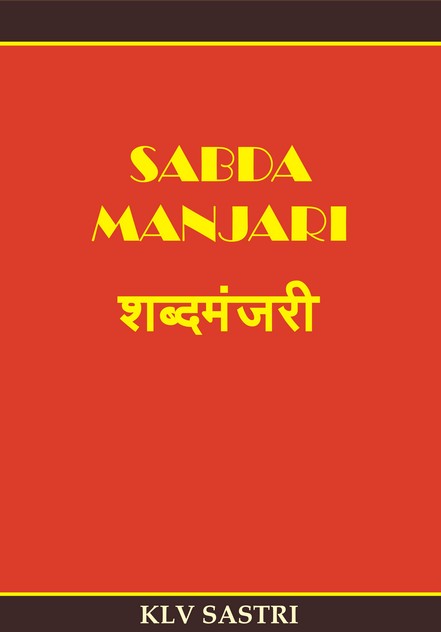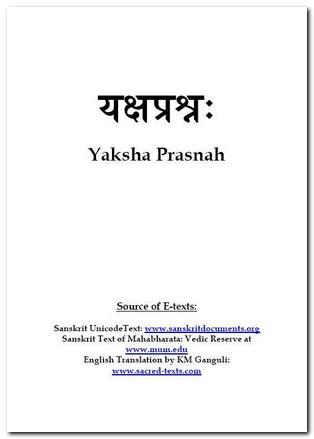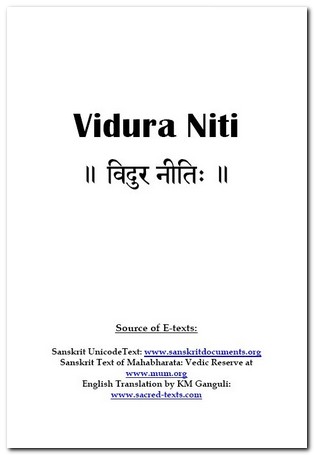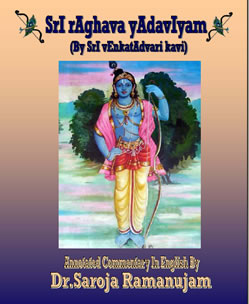 Raghava-yadaviyam by Venkatadhvari (17th cent.) is an “anuloma-viloma kavya” that narrates the story of Rama. But the Shlokas read in the reverse relate an adventure of Shri Krishna.
Raghava-yadaviyam by Venkatadhvari (17th cent.) is an “anuloma-viloma kavya” that narrates the story of Rama. But the Shlokas read in the reverse relate an adventure of Shri Krishna.
Given below is an extract on “Raghava Yadaviyam” from “Pride of India” published by Samskrita Bharati, Bangalore.
There is a recent work (17th century AD) of the name Raghava Yadaviyam. The name is intriguing. Raghava refers to the one born in Raghu-kula viz. Rama the protagonist of the epic Ramayana. Yadava refers to the one born in the Yadu-kula, Krishna, the protagonist of the other epic Mahabharata.
The 30 slokas in the work tell the story of Rama, obviously very briefly, justifying the first part of the name. Why the second part of the name – Yadaviyam? These slokas, if read in the reverse, letter by letter, narrate an episode from the life of Lord Krishna – of bringing parijata tree from the heavens to the earth.
This interesting though brief work
– shows that verbal ingenuity of the composer Arasanpalai Venkitacharya (also known as Venkatadhvari) and also
– proves the encryption capability of the Sanskrit language.
Here is a random sloka from the text.
वन्देऽहं देवं तं श्रीतं रन्तारं कालं भासा यः ।
रामो रामाधीराप्यागो लीलामारायोध्ये वासे ॥
“I pay my obeisance to Lord Shri Rama, who with his heart pining for Sita, travelled across the Sahyadri Hills and returned to Ayodhya after killing Ravana and sported with his consort, Sita, in Ayodhya for a long time.”
In reverse
सेवाध्येयो रामालाली गोप्याराधी मारामोरा ।
यस्साभालंकारं तारं तं श्रीतं वन्देहं देवं ॥
“I bow to Lord Shri Krishna, whose chest is the sporting resort of Shri Lakshmi;who is fit to be contemplated through penance and sacrifice, who fondles Rukmani and his other consorts and who is worshipped by the gopis, and who is decked with jewels radiating splendour.”

